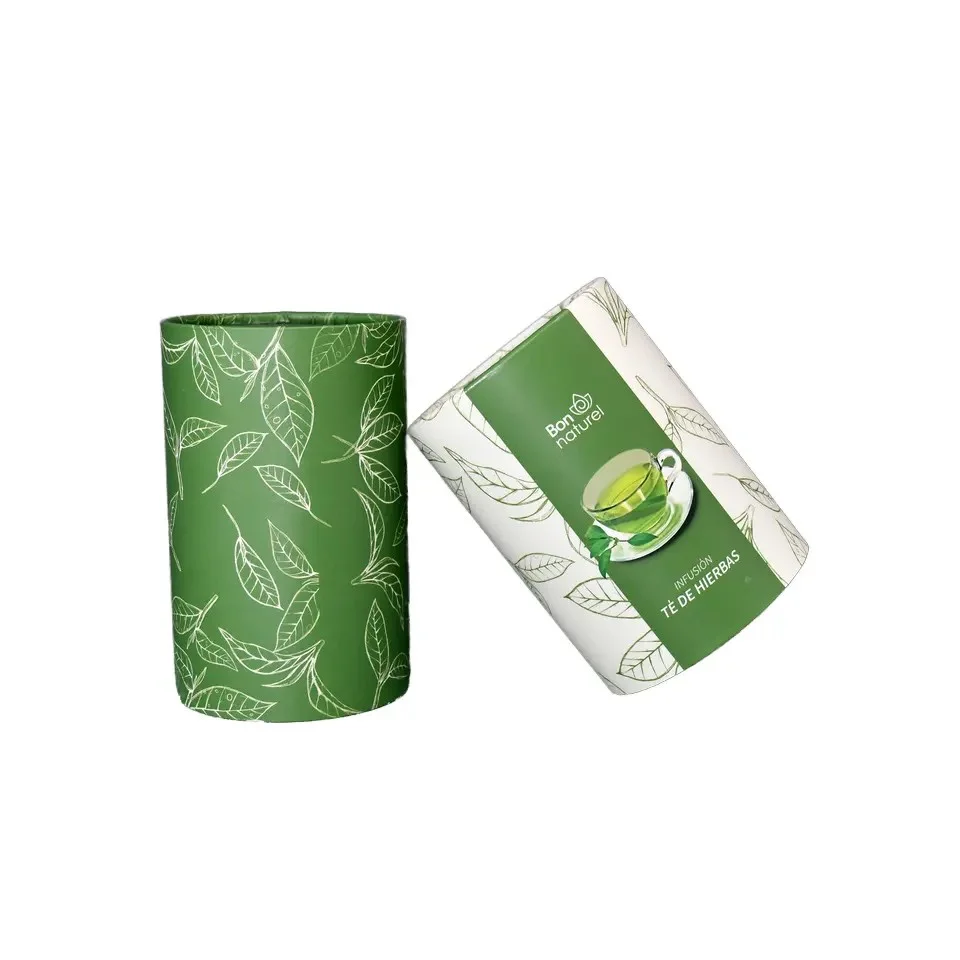When it comes to shipping perishable goods, particularly fruit, many individuals and businesses are often left wondering about the best practices and regulations involved. The United States Postal Service (USPS) offers a variety of shipping options, but can you ship fruit via USPS? The answer is yes, but there are several important considerations to keep in mind to ensure that your fruit arrives fresh and intact.
Understanding USPS Regulations for Shipping Fruit
Before diving into the logistics of shipping fruit, it’s crucial to understand the regulations set forth by the USPS. The Postal Service allows the shipment of most fruits, but there are restrictions based on the type of fruit and the destination. Certain fruits may be prohibited due to agricultural regulations aimed at preventing the spread of pests and diseases. For instance, shipping citrus fruits to certain states may be restricted due to concerns about citrus greening disease.
To ensure compliance, it’s advisable to check the USPS guidelines and the specific agricultural regulations of the destination state. The USDA’s Animal and Plant Health Inspection Service (APHIS) provides resources that can help you determine which fruits can be shipped and any necessary permits or certifications.
Choosing the Right Packaging
Proper packaging is essential when shipping fruit to maintain its freshness and prevent damage. Here are some key considerations:
- Temperature Control: Many fruits are sensitive to temperature fluctuations. Consider using insulated packaging or gel packs to maintain a stable temperature during transit, especially if shipping during warmer months.
- Cushioning: Use cushioning materials such as bubble wrap or packing peanuts to protect the fruit from bruising. Ensure that the fruit is snugly packed to minimize movement within the box.
- Ventilation: Fruits need to breathe. Choose boxes that allow for ventilation or create small holes in the packaging to prevent moisture buildup, which can lead to spoilage.
- Labeling: Clearly label the package as containing perishable items. This alerts postal workers to handle the package with care and prioritize its timely delivery.
Selecting the Right Shipping Method
USPS offers several shipping options, each with its own advantages and disadvantages. Here are some of the most common methods for shipping fruit:
- Priority Mail: This service typically delivers within 1-3 business days and includes tracking. It’s a popular choice for shipping fruit due to its speed and reliability.
- Priority Mail Express: For those who need to ensure that their fruit arrives as quickly as possible, this option guarantees overnight delivery. It’s more expensive but ideal for high-value or highly perishable items.
- First-Class Package Service: This is a cost-effective option for lighter packages (up to 15.99 ounces) and is suitable for smaller quantities of fruit. Delivery times vary but generally range from 1-3 business days.
Timing Your Shipment
Timing is critical when shipping fruit. To maximize freshness, consider the following tips:
- Ship Early in the Week: Aim to ship your fruit on a Monday or Tuesday to avoid delays over the weekend. This ensures that your package is not sitting in a postal facility for an extended period.
- Monitor Weather Conditions: Extreme temperatures can affect the quality of your fruit. If possible, avoid shipping during heat waves or cold snaps, and consider using temperature-controlled packaging.
Conclusion: A Fruitful Endeavor
Shipping fruit via USPS can be a straightforward process if you adhere to the regulations, choose the right packaging, and select an appropriate shipping method. By taking these steps, you can ensure that your fruit arrives at its destination in excellent condition, ready to be enjoyed by the recipient.




+ There are no comments
Add yours